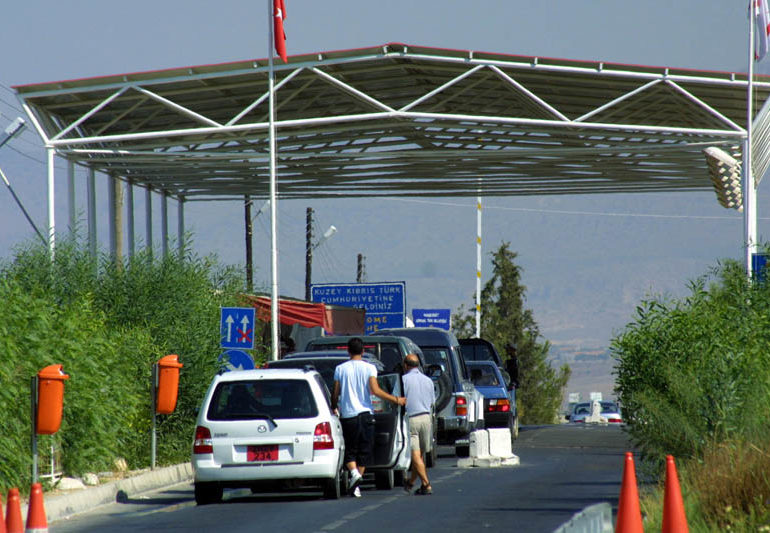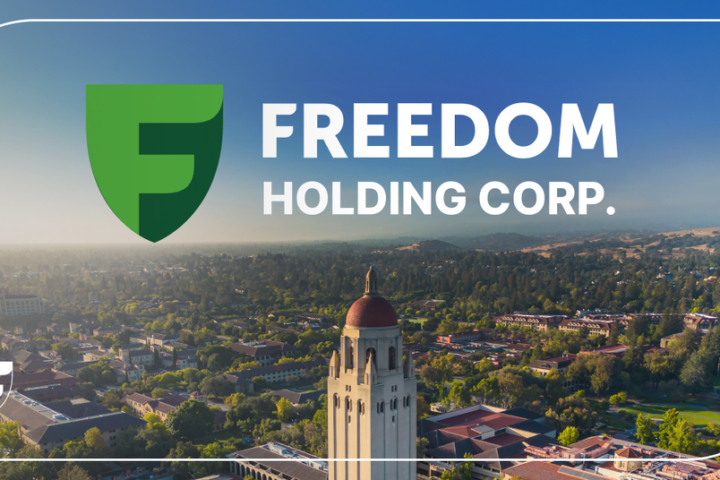Cyprus is looking into ways of combating increased irregular migrant flows through a ‘black hole’ in the Green Line by implementing tighter checks and controls.
Interior Minister Constantinos Petrides told the House Watchdog Committee this week that the government is cautiously moving forward with plans to reduce illegal migration into Cyprus from the Turkish-held north.
Such measures could include checkpoint stations, surveillance of remote areas along the Green Line while increasing checks at the designated crossing points.
In an interview with Kathimerini Cyprus, Petrides said that one-third of illegal immigrants cross the Green Line from the Turkish-held north.
According to official data, 2,174 people have crossed into the government-controlled area through a ‘hole in the Green Line’.
Petrides argued there are no easy solutions, but all the ministries and agencies involved are taking steps to address the situation more effectively. The Minister said that Cyprus alone cannot cope with the situation and demanded solidarity from the EU.
He said that following the failure to reach an agreement to revise the Dublin Regulation on equal burden distribution of migrants between the Member States, Cyprus is forced to draw up its own plans.
Nicosia plans to establish infrastructure aimed at keeping large numbers of migrants from crossing over, such as setting up hosting facilities across the Green Line.
The minister said that the government is examining ways to lawfully turn down asylum seekers, with the involvement of the Justice and Defence Ministries.
“When it comes to creating new hosting infrastructures, the general view is that they will not radically solve the problem, however under the circumstances they can alleviate it,” Petrides said.
He said the authorities believe that these structures along the ceasefire line could act as a deterrent.
Petrides said the government has discussed the matter with EU authorities, emphasising that these structures will not only be reception facilities but also make a first assessment of a migrant’s asylum requests.
“We are looking into the issue, keeping in mind our legal obligations as an EU member state, European asylum legislation and obligations stemming from the Green Line Regulation…but we will do all we can to prevent the mass flow migrants.”
Petrides declined to answer a Financial Mirror request to provide further detail about the measures and what implications they could have for Cyprus.
The Financial Mirror specifically asked the Minister to comment on whether increased checks on the Green Line would make it a hard border within the EU.
The United Nations High Commissioner for Refugees (UNHCR) in Cyprus said they are keeping an eye on the matter, believing the government will not make any changes to the Green Line regulation which enables free movement.
UNHCR official, Emilia Strovolidou told the Financial Mirror that the situation is far from getting out of hand as is the public perception and there is no need for panic.
She said the 9,449 asylum applications submitted in 2019, represent a significant increase compared to previous years (7,713 in 2018) but are 423 less than those submitted in 2004.
According to data from the Asylum Service, since 2002 to September 2019 some 77,000 asylum applications have been submitted in the republic. Of these, around 11,500 have been granted protection, while some 17,000 are pending.
Commenting on the large backlog of cases, Strovolidou said the government should be looking into ways of speeding up procedures.
The UNHCR has no indication as to how many asylum seekers have crossed from the north.
Fearing the government’s plans will have severe repercussions for Cyprus, University of Nicosia professor at law and sociology, Nicos Trimikliniotis said he is concerned that Nicosia is appearing increasingly anti-immigrant.
“On the one hand you have the Interior Minister claiming to be a fan of his Italian counterpart Salvini, known for his hard stance on immigration, and on the other you have the government campaigning to receive EU funding for setting up refugee detention camps across the Green Line,” said Trimikliniotis.
He said this will impact on peace talks, noting that the government is increasingly securitising the Cyprus problem.
“The Anastasiades administration appears to be hardline on the Cyprus issue, and turning the Green Line into a hard border may be on their agenda,” said Trimikliniotis.
“Let us not forget they have put the two-state solution and notions such as a decentralised federation back on the table,” he added.
He suggested there were lobby groups such as petrol station and pharmacy owners who are losing out from Greek Cypriots crossing north.
Trimikliniotis argued that these groups may be putting pressure on authorities to make things difficult for Greek Cypriot consumers having access to goods and services in the north.
He said that if Cyprus wants to reduce migrant flows to the island and the number of people who are abusing the system, it should change the assessment of asylum seekers, which is too slow as some cases take years to be examined.
Meanwhile, Greece is toughening its response to immigration.
The country is shutting down overcrowded camps for asylum seekers on the Aegean islands and is to replace them with closed pre-removal detention centres as part of the new conservative government’s drive to toughen up the response to illegal immigration.
“As EU member states toughen their response to illegal immigration, Cyprus will see more refugees coming as an alternative to closed routes,” said Trimikliniotis.
He argued that the Green Line regulation cannot be altered, nor can it be applied according to one’s interpretation of the directive.
“It is an EU regulation that is directly connected to the Cyprus problem. For it to be altered, the Turkish Cypriot community and Turkey would have to give their consent,” said Trimikliniotis.







